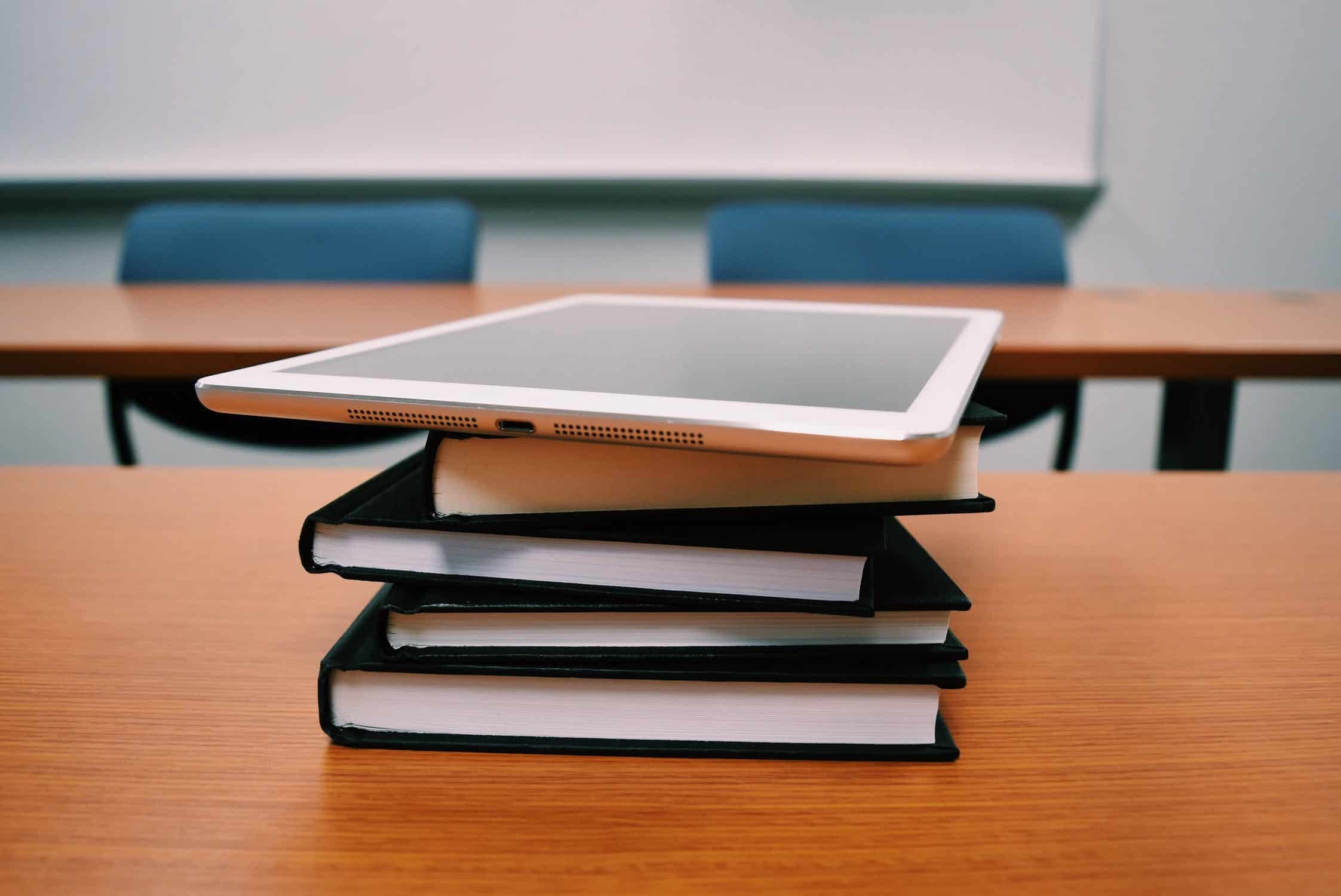
By Fiona Maida
Primary schools in England opened from the 1st June for Reception and Years One and Six in primary schools and from 15th June secondary schools are opening their gates for Years ten and twelve. There are strict guidelines with schools only allowed 25 per cent of each year group on the premises at any one time and each school is doing it differently, but for those who want, they can have some much needed face to face time with their teachers. For everyone, from teachers, to students and parents, the decision to return to school is a difficult one. Unlike Australia, Denmark and other countries that have returned to school, there are still people dying every day from Covid-19 in England and the virus is far from being under control.
For Year 10 and Year 12 students, they are returning to A levels and GCSE courses, following twelve weeks of being apart from their teachers. For Year 12 students this will include catching up with work, mock exams and getting ready for university applications without the usual preparation of work experience and open days that Year 12 provides.
Pupils have been set remote work to do at home, but the provision varies dramatically. A few schools have provided a full virtual timetable, using online apps and packages like ShowMe, Google Classrooms and Zoom allowing them to have interactive lessons which can be the ‘next best thing’ to sitting in a classroom together. Instruction and explanation can be given, questions asked and students know that when they complete the work, their teachers will record it and mark it providing feedback.
One secondary school, Conyers School in Yarm, North Yorkshire, has not only got a full virtual timetable, with lessons starting at the same time each day, but also has its SIMS registration system up and running. Therefore if a student has not logged in within ten minutes of a lesson starting, a pastoral manager will be phoning or emailing to find out why. The same school has daily fitness classes, school quizzes and systems set up for contacting form tutors for emotional support. Remote safeguarding at its best. The school has maintained a 97 per cent participation rate from its students during lockdown, which is higher than most schools’ average attendance figures. The staff are all working normal hours…albeit remotely, with departmental and staff meetings starting and concluding each day.
This school is not independent, but one of a growing number of state schools, which prioritised investment in iPads for students, and it was quick off the mark with lockdown, having the vision for how a virtual school and remote provision would look like.
Not all iPad schools have had this vision by any means, and this school is exceptional. However, the biggest gap in provision is between independent and state schools. This is hardly surprising because of that fact that independent schools have had to remain accountable to the parents who continue to pay fees and expect a return for their payment. The majority of their students also have the financial means at home to have the right technology and equipment. However, unlike Conyers, there are plenty of parents at independent schools who have complained about the lack of interaction and accessibility.
For many students, the reality of homeschooling has been a diet of tasks for each subject, set by teachers, for students to complete in their own time, without the teaching, explanation or the opportunity to ask questions. Much of it has required self discipline and motivation and in some cases the ability to break down the large tasks into smaller lesson sized chunks and work independently. For students who can work independently, this will serve them well, but for many they have found it too difficult a challenge.
The Sutton Trust, an educational organisation committed to improving social mobility and addressing educational disadvantage has found that the gaps between state educated and independent educated students and the provision provided has widened during lockdown. According to their findings, just 30 per cent of A level students in state schools are receiving regular work and feedback in their home studies compared to 57 per cent of their counterparts in independent state schools. Only 22 per cent of students in state schools have been attending online lessons every day compared to 57 per cent in independent schools.
Within the state sector itself there is also a wide gap between the most advantaged and the least advantaged students, with the Sutton Trust finding that only 8 per cent of work set has been completed and handed in by the least advantaged students, compared to 27 per cent of the work by the most advantaged state educated students and 50 per cent of students from the independent sector.
Except for the students who are fortunate enough to attend one of the few schools that have managed to deliver a full interactive timetable during lockdown, Year 10 and Year 12 students will be looking forward to returning to their teachers and their friends. They will be nervous, like everyone else, and school will feel different from the familiar place they left twelve weeks ago with distancing in place, smaller classes and special arrangements for break and meal times. This will be their new normal for some time to come. However, following lockdown, there is a lot of catching up to do, and schools and their teachers will be keen to find ways of helping their students to do this.